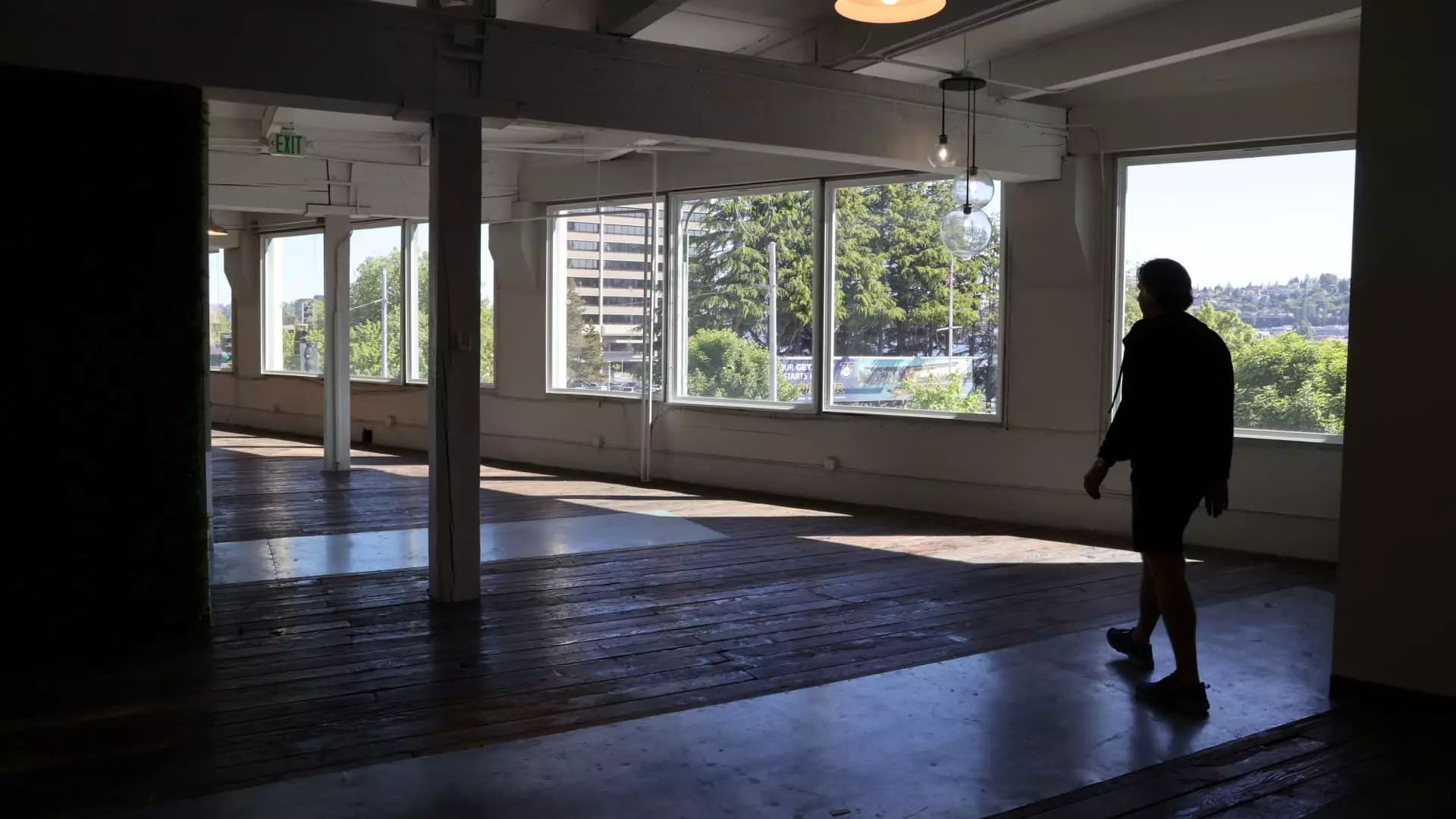After years of uncertainty and decline, the U.S. office market is at a pivotal crossroads, revealing a startling trend: for the first time in decades, the rate of office space demolition and conversion is surpassing new construction projects. According to new data from CBRE Group, 2023 marks a significant shift in commercial real estate dynamics as employers rethink their spatial needs. Simply put, the office footprint is shrinking, and this is a reflection of the changing socioeconomic landscape catalyzed by the pandemic.
The profound impact of increased remote work has forced many businesses to reassess their real estate strategies. Office vacancies, which once soared to astonishing heights, have settled around 19%. However, the signs of a stabilization are becoming evident as companies pivot back towards in-person collaboration. Yet, this resurgence may mask an underlying challenge: the traditional office model is rapidly losing its relevance.
The Numbers Don’t Lie
According to CBRE’s research, a staggering 23.3 million square feet of office space will be either demolished or converted by the end of this year, dwarfed by the projected 12.7 million square feet slated for new construction. In numerical terms, we are witnessing a net reduction in office space, which should ostensibly lead to lower vacancy rates in the near term, benefitting property owners. Yet, is this recovery sustainable, or merely a temporary bandwagon fueled by pent-up demand?
What is particularly interesting is that while some sub-markets experience a revival, prime Class A spaces are enjoying a renaissance. An increase in office-leasing activity—up by 18% this past quarter—reveals that businesses, approaching a tightening labor market, are increasingly willing to negotiate terms that require employees to transition back to office life. The market appears to be on an upswing, albeit unsteady, and perhaps fraught with illusory optimism.
Conversions: The Silver Lining?
The rise in demolitions and conversions could herald a new era of revitalization for urban environments. With over 85 million square feet earmarked for future conversions into multifunctional spaces, the reduction in traditional office space may promote a vibrant communal comeback. The conversion of office buildings into residential apartments offers a glimmer of hope for accommodating the ongoing housing shortage, with 33,000 new units brought onto the market since 2016.
However, the hurdles are significant. As underscored by industry experts like Mike Watts from CBRE, the ideal candidates for conversions will inevitably become scarce. High construction costs, labor shortages, and the evolving preferences of remote workers will pose substantial barriers against this promising trend. The optimistic narratives surrounding conversions risk being overshadowed by economic realities that could thwart progress.
The Unforeseen Fallout
As positive changes emerge amidst the chaos, it’s critical not to gloss over the broader implications of this trend. While some industry players may rejoice at the modest revival of office space due to rising rents, they fail to address the precariousness of these gains. Rents may be on the climb in select markets, but the enduring sentiment remains one of hesitance. The commercial real estate sector could be underestimating the seismic shifts in how we work and live.
While the spotlight shines on a few glowing success stories, thousands of office buildings may become monuments to bygone eras—inevitably impacting their owners and investors. With vacancies stubbornly high even in this recovering environment, these vacant structures represent more than just empty space; they symbolize insecurity and shifting paradigms in lifestyle and work-life balance.
An Ongoing Transition
Ultimately, the future of the U.S. office market remains uncertain. It is naive to assume that a simple uptick in leasing activity can erase the profound shifts birthed from a global pandemic. The ongoing transition—from conventional offices to a hybrid, multifunctional model—often feels more like a forced adjustment than an organic evolution. The potential for recovery exists, but it demands a reevaluation of what it truly means to create productive workspaces in an era marked by flexibility and adaptability.
We must grapple with complex questions surrounding urban development while urging the commercial real estate sector not to overlook this pivotal moment. The path forward lies not just in the numbers, but in redefining our understanding of space and how it interplays uniquely with the evolving fabric of our cities.

